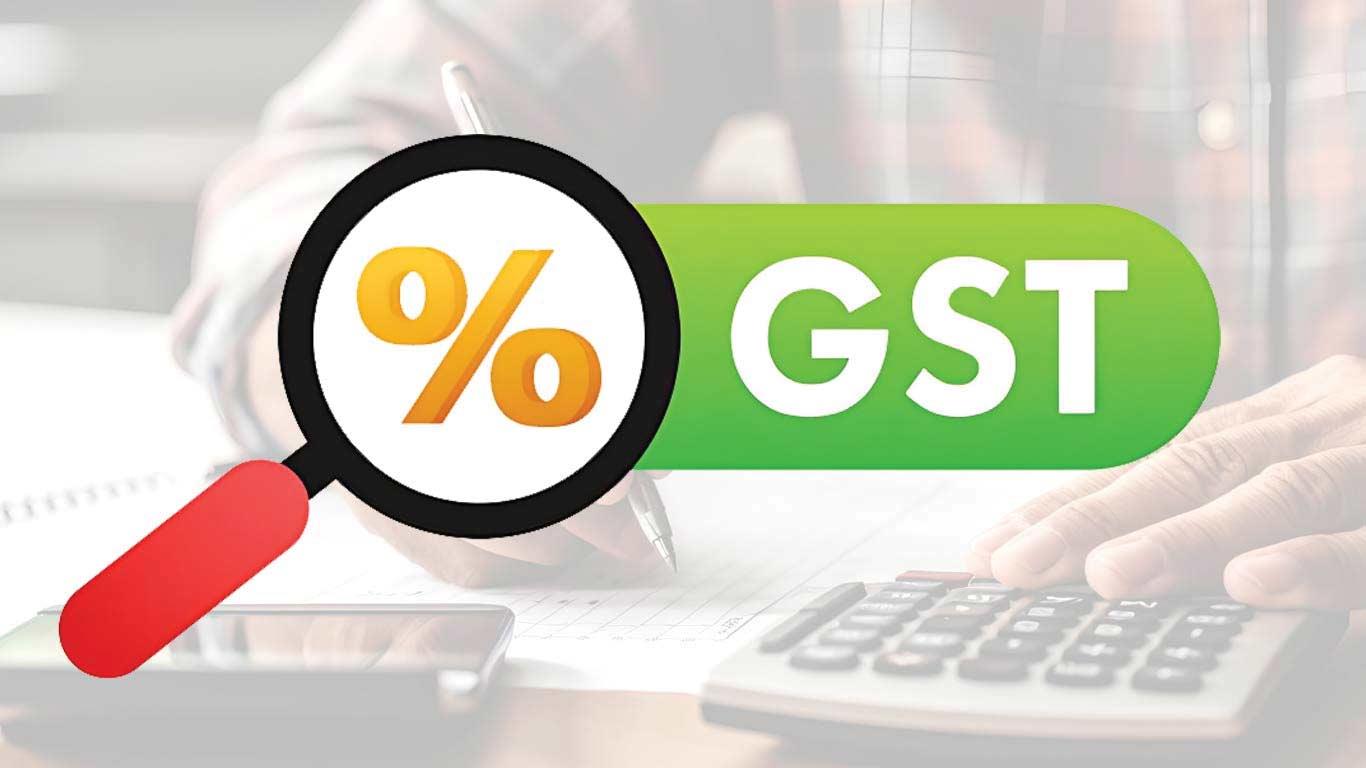GST Reform Welcomed But Concerns Over Duty Inversion Remain
However, experts remain cautious, questioning whether the changes will genuinely fix long-standing issues or simply redistribute challenges among taxpayers.
A major focus of the proposed reform is correcting the inverted duty structure, where inputs are taxed higher than final products, leaving businesses with unusable tax credits.
While this has been partly addressed, industries like textiles, garments, and pharmaceuticals fear that the problem may persist.
For instance, fabrics and garments often attract just 5 per cent GST, while dyes and chemicals used in their production are taxed at 18 per cent. This mismatch could worsen under the new rate structure of 5 per cent and 18 per cent.
Business leaders argue that reducing exemptions is key to making GST effective. Exempting goods and services, they warn, creates hidden costs for consumers due to cascading taxes.
Experts suggest zero-rating certain supplies, similar to exports, so that input credits remain available while keeping output tax low.
The insurance sector, in particular, has raised concerns. If premiums are exempted, insurers will lose input tax credits on costs like technology and operations, which are taxed at 18 per cent.
This could raise expenses and force hidden costs onto customers, despite the appearance of lower premiums.
Analysts estimate annual revenue losses from the proposed reforms at Rs 70,000 crore to Rs 1.8 lakh crore, though the government expects better compliance and a broader tax base to offset this.
The 12 per cent slab is set to be scrapped, with most goods moved to 5 per cent, while sin goods and luxury items will remain at 28 per cent.
Experts stress that the success of the overhaul will depend on careful rate alignment, robust input tax credit mechanisms, and revisiting outdated exemption thresholds.
(KNN Bureau)
Legal Disclaimer:
MENAFN provides the
information “as is” without warranty of any kind. We do not accept
any responsibility or liability for the accuracy, content, images,
videos, licenses, completeness, legality, or reliability of the information
contained in this article. If you have any complaints or copyright
issues related to this article, kindly contact the provider above.
Most popular stories
Market Research

- Microgrid Market Growth, Key Trends & Future Forecast 2033
- Nickel Market Estimated To Exceed USD 55.5 Billion By 2033
- Primexbt Launches Empowering Traders To Succeed Campaign, Leading A New Era Of Trading
- Chaingpt Pad Unveils Buzz System: Turning Social Hype Into Token Allocation
- Ecosync & Carboncore Launch Full Stages Refi Infrastructure Linking Carbon Credits With Web3
- Japan Halal Food Market Size To Surpass USD 323.6 Billion By 2033 With A CAGR Of 8.1%






















Comments
No comment